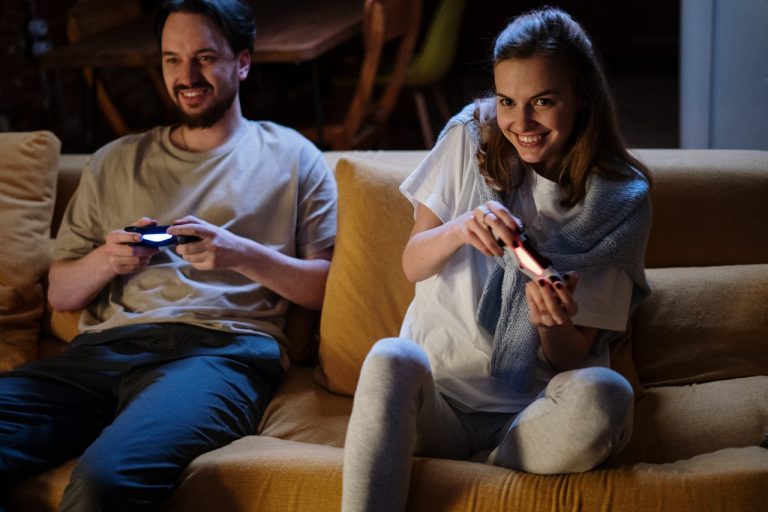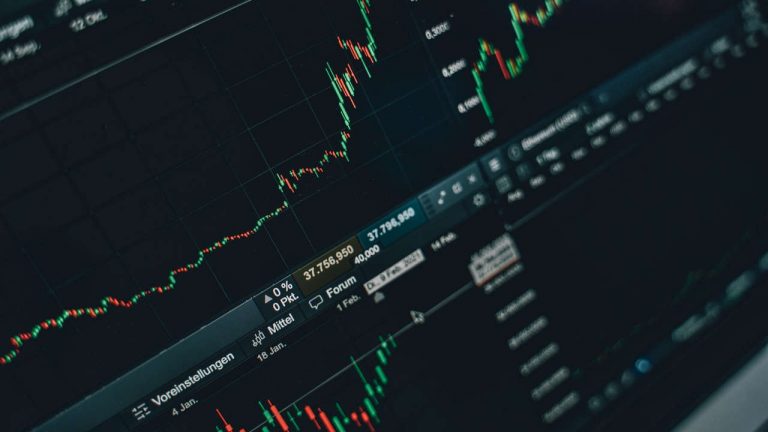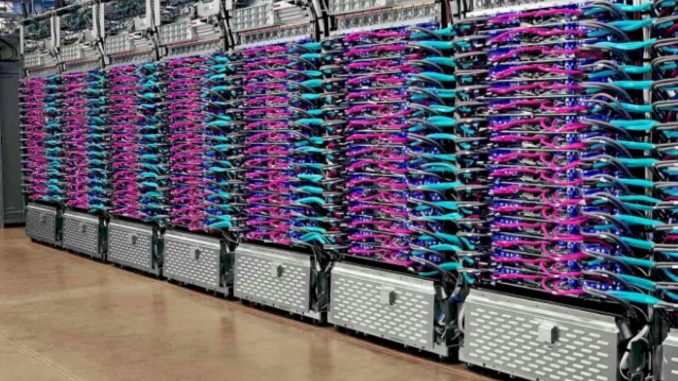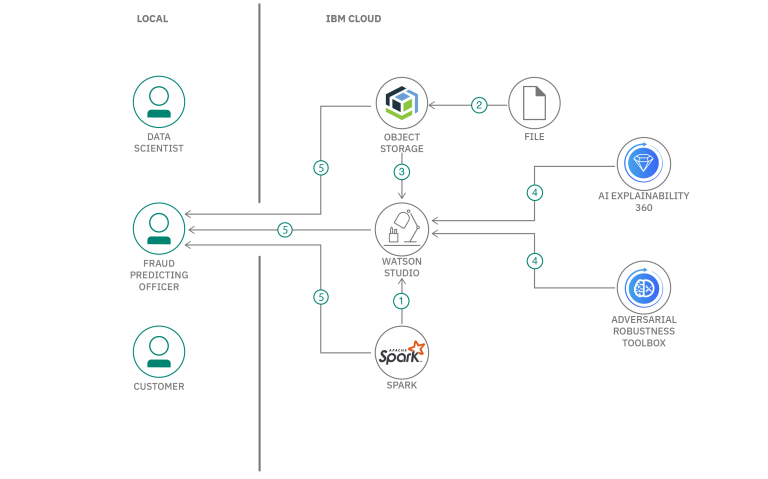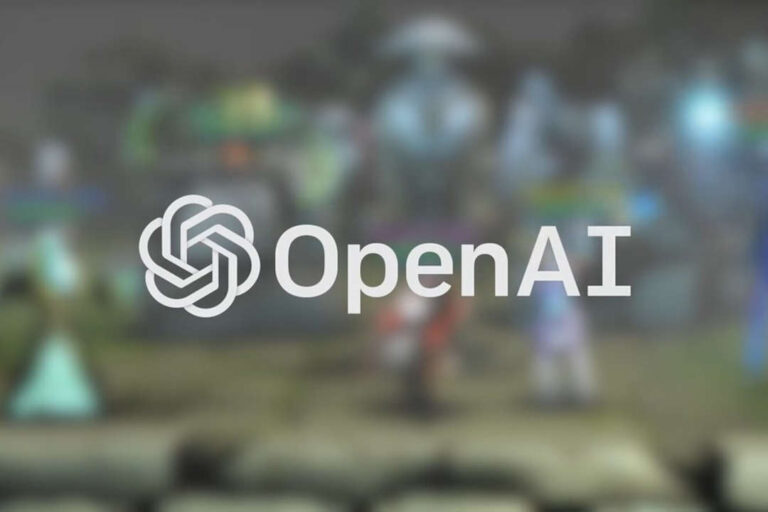Shalini De Mello of NVIDIA Talks AI and NeurIPS Successes
Shalini De Mello of NVIDIA Talks Self-Supervised AI, NeurIPS Successes. Shalini De Mello, a principal research researcher at NVIDIA who’s made her mark developing computer system vision innovation that adds to chauffeur safety, completed 2020 with a bang– providing two posters at the prominent NeurIPS conference in December.
A 10-year NVIDIA veteran, De Mello deals with self-supervised and few-shot learning, 3D reconstruction, perspective estimate and human-computer interaction.
She informed NVIDIA AI Podcast host Noah Kravitz about her NeurIPS submissions on reconstructing 3D fits together and self-learning improvements for improving head and gaze redirection– both substantial difficulties for computer vision.
De Mello’s very first poster demonstrates just how she and also her team successfully take care of to recreate 3D versions moving without calling for comments of 3D mesh, 2D keypoints or cam posture– also on such kinetic numbers as animals in the wild.
The 2nd poster tackles the concern of datasets in which huge parts are unlabeled– concentrating specifically on datasets including photos of human faces with several variables, including illumination, reflections and also head and also gaze alignment. De Mello attained a design that could self-learn these variations and also manage them.
De Mello intends to proceed focusing on developing self-supervising AI systems that require less information to achieve the same quality output, which she imagines eventually aiding to lower prejudice in AI formulas.
Key Takeaways
- Early in her job at NVIDIA, De Mello observed that modern technologies for looking inside the automobile cabin weren’t as fully grown as the formulas for vehicle vision outside the vehicle. She concentrated her research on the former, resulting in the production of NVIDIA’s DRIVE IX item for AI-based vehicle interfaces in cars and trucks.
- While scientific research has actually been a lifelong enthusiasm, De Mello uncovered a recognition for art and also located the perfect mix of the two in signal and picture processing. She could quickly see the impacts of AI on visual content.
Staff writer. Jonas has an extensive background in AI, Jonas covers cloud computing, big data, and distributed computing. He is also interested in the intersection of these areas with security and privacy. As an ardent gamer reporting on the latest cross platform innovations and releases comes as second nature.


